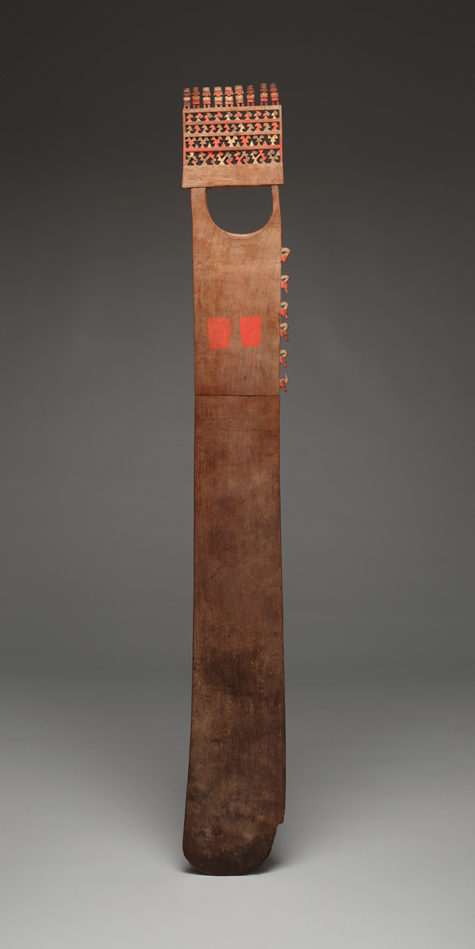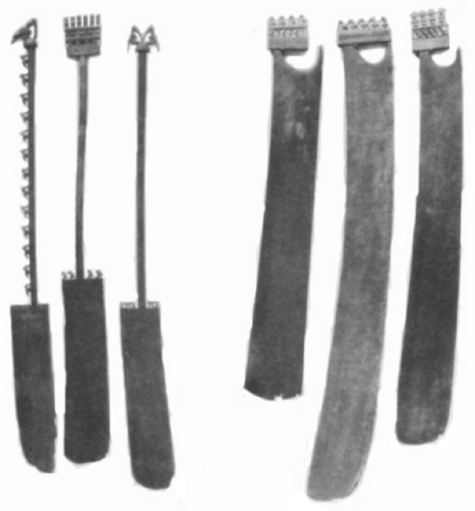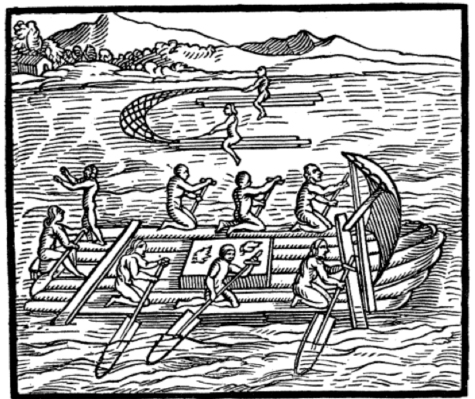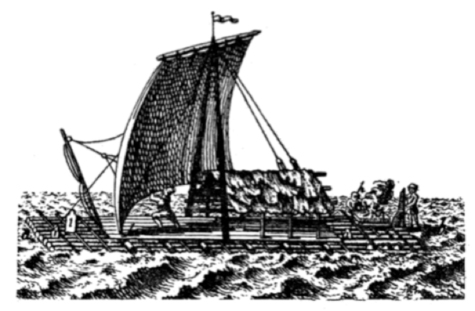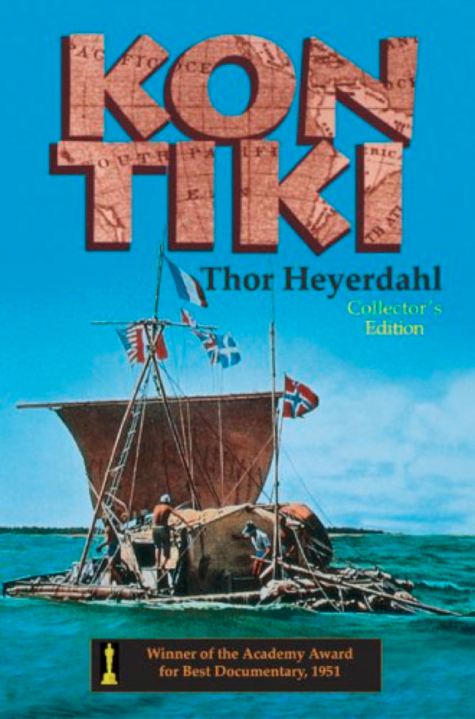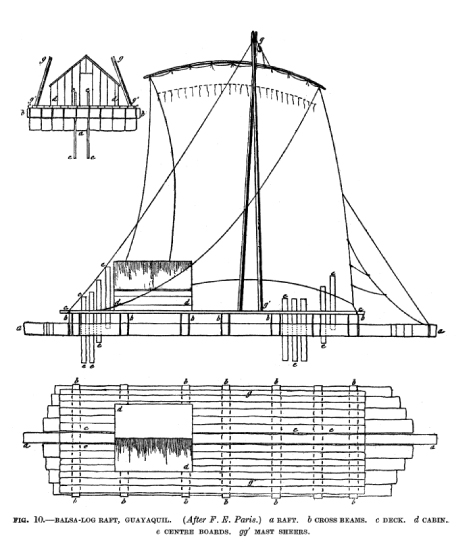There is something in human nature that makes people want to show off. Whether it is a new pair of shoes, a nice watch, or a brand new car, we all enjoy the “oohs” and “ahhs” that stylish objects can provoke–and it has been that way for thousands of years. Ancient Peruvian cultures, for example, loved many exotic things, especially the flashy feathers of tropical birds. The collection of the Dallas Museum of Art contains fine examples of the ancient Peruvians’ fascination with birds and their plumage. Hundreds of tropical bird species live in the Amazon rainforest, miles away from the Peruvian coast. It took quite a bit of effort (and riches) to obtain these birds from so far away; therefore, they were considered extremely valuable. Feathers were used as decoration in the form of headdresses, designed collages, and pictorial mosaics.
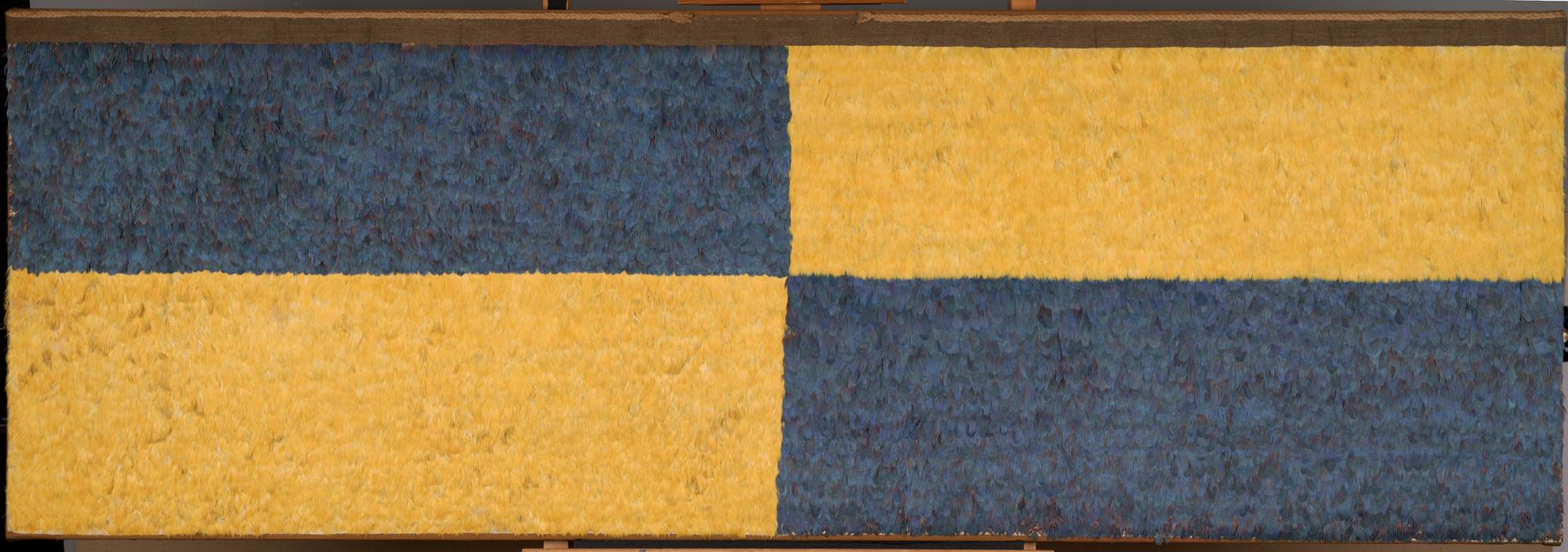
Panel with rectangles of blue and yellow featherwork, Peru, far south coast, Ocoña Valley, Huari culture, c. A.D. 650-850, feathers (Blue and Gold Macaw), cotton cloth, and camelid fiber cloth, Dallas Museum of Art, Textile Purchase Fund, 2001.262
In this Huari piece, currently on view in Face to Face: International Art at the DMA, blue and yellow feathers are used to create a brilliant geometric composition. The Blue and Yellow Macaw, typically found in Panama and the northern part of South America, was probably the source of the materials, which were used over a thousand years ago. The feathers were individually wrapped in a cotton cord and then attached to a cloth panel, making this a very labor intensive composition. This piece was likely found along Peru’s south coast, in a site with many other textiles and feather pieces stored inside large, decorated ceramic jars. A featherwork like this was probably some kind of religious offering.
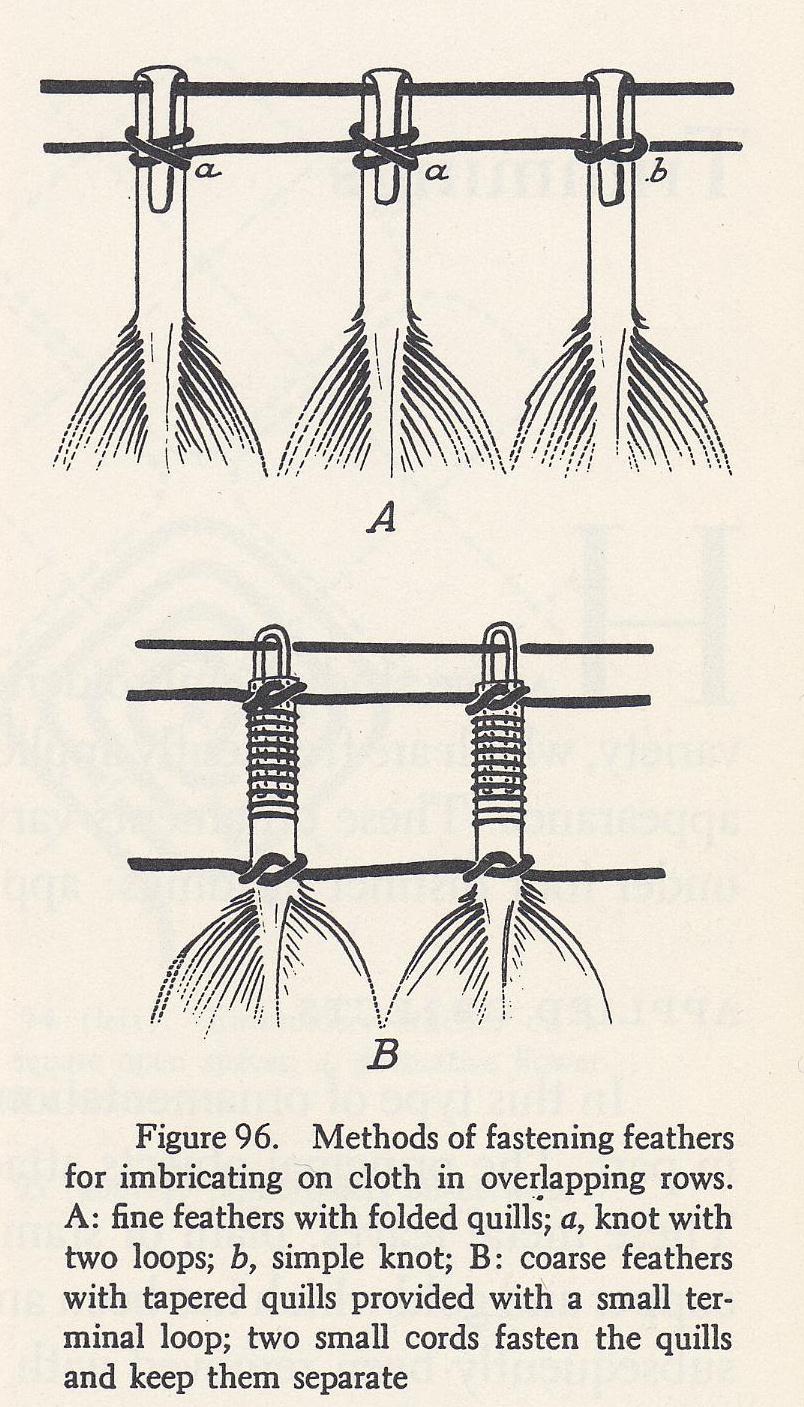
A demonstration of feather weaving from "Textiles of Ancient Peru and Their Techniques," Raoul d’Harcourt, 1962.
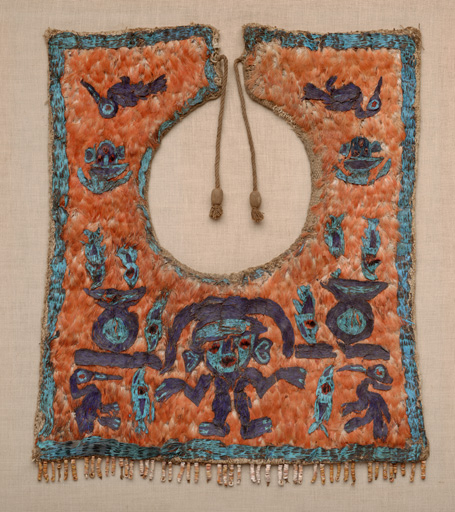
Featherwork neckpiece, Peru, north coast, Chimú culture, c. A.D. 1470-1528, cotton, feathers, and shell beads, Dallas Museum of Art, The Eugene and Margaret McDermott Art Fund, Inc., 1972.23.1.McD
This brilliantly colored feather neckpiece comes from the Chimú culture, on Peru’s north coast. The meaning of the design is unclear, but there is a human figure with a large headdress, along with fish and sea birds known as cormorants. At the bottom are rows of beads made from spondylus shell, which comes from Ecuador. The bright turquoise feathers in this work probably came from the Spangled Cotinga or the Paradise Tanager, both of which are relatively small birds with vibrant plumage. The darker blue-purple details do not seem to be woven like the other feathers; it is possible that they are from a bird called the Purple Honeycreeper, which is found in several South American locations, but not on the Peruvian coast. This piece showcases materials collected hundreds of miles away from the Chimú area, which is an indication of the power and prestige of the owner of this piece, as well as the intricate trading system that was likely in place.
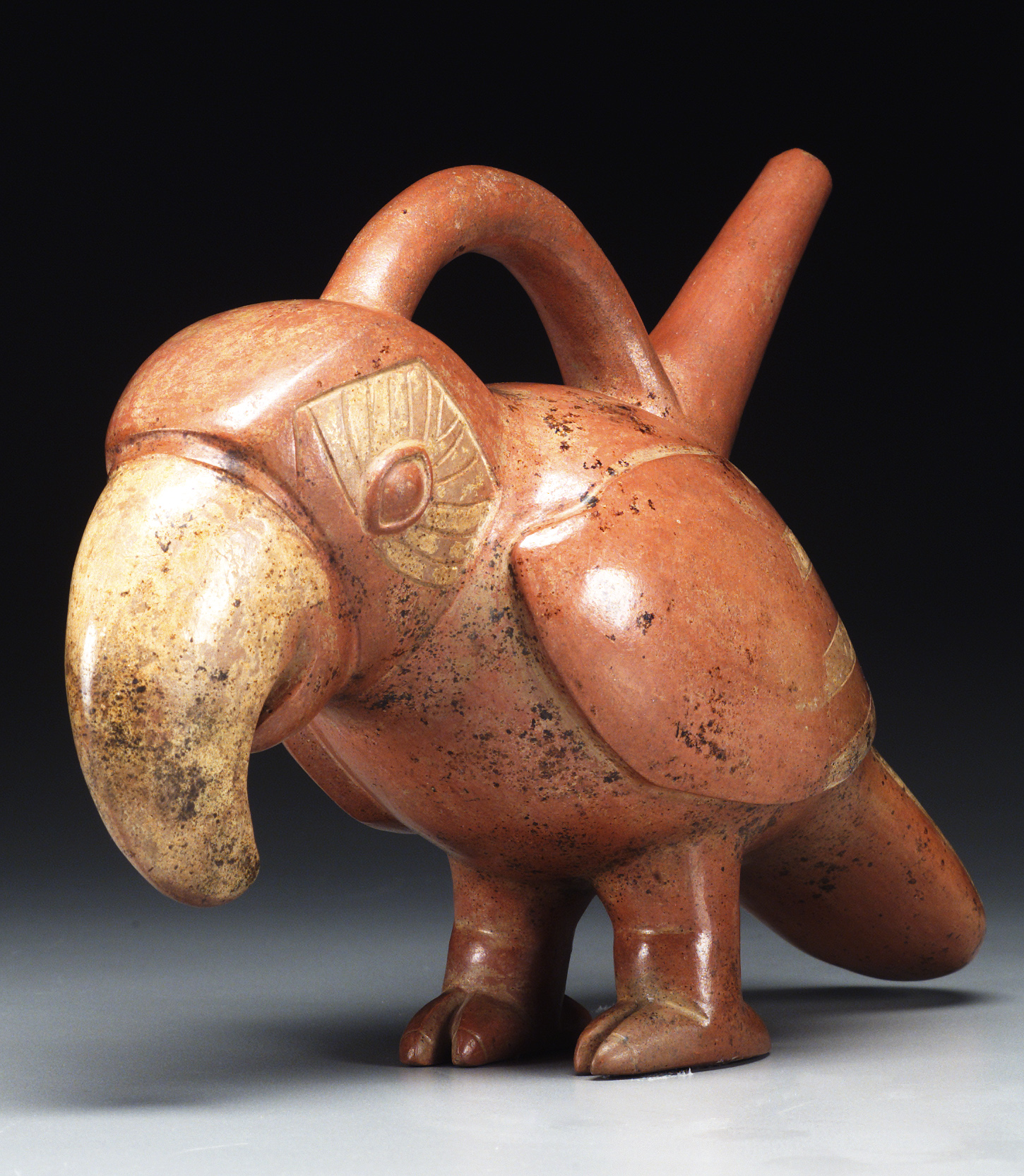
Spouted vessel with tubular handle: macaw effigy, Peru, north coast, Viru, 300-100 B.C., ceramic and slip, Dallas Museum of Art, The Nora and John Wise Collection, gift of Mr. and Mrs. Jake L. Hamon, the Eugene McDermott Family, Mr. and Mrs. Algur H. Meadows and the Meadows Foundation, and Mr. and Mrs. John D. Murchison, 1976.W.91
The DMA’s very own mascot, Arturo, provides yet another great example (although slightly less colorful) of just how much ancient American cultures treasured non-native birds. This macaw or parrot vessel was made by the Salinar, a very early culture from Peru’s north coast. Real macaws and parrots are of course brilliantly colored, but ceramics from the north coast were traditionally painted using only red and white, no matter what their subject. Macaws weren’t the only animals that were depicted in vessel form. Ceramics showing monkeys, jaguars, and even killer whales have been found at sites throughout Peru.
